Home>Dining>Tableware>What Are The Parts Of Stemware Called?


Tableware
What Are The Parts Of Stemware Called?
Modified: February 2, 2024
Discover the different components of stemware, including bowls, stems, and bases. Explore the terminology associated with tableware and enhance your understanding.
(Many of the links in this article redirect to a specific reviewed product. Your purchase of these products through affiliate links helps to generate commission for Storables.com, at no extra cost. Learn more)
Introduction
Welcome to the fascinating world of stemware! Stemware, also commonly referred to as tableware or drinkware, is a collection of elegant drinking vessels that enhance the enjoyment of various beverages, including wine, champagne, cocktails, and more. These exquisite pieces are carefully crafted with attention to detail and specific design elements that not only add beauty to the table but also enhance the overall drinking experience.
In this article, we will delve into the different parts of stemware and explore their unique functions and contributions to the overall design. Understanding the various components of stemware will not only deepen your appreciation for these fine pieces but also enable you to make informed choices when selecting stemware to elevate your dining and entertaining experiences.
Whether you are a seasoned connoisseur or simply someone who appreciates the beauty of a well-set table, let’s embark on this enlightening journey through the world of stemware and discover the names and purposes of each part.
Key Takeaways:
- Elevate your drinking experience by understanding the parts of stemware, from the bowl capturing flavors to the elegant stem and stable base, all contributing to a delightful sensory journey.
- Stemware’s overall design combines aesthetics, functionality, and durability, creating visually captivating glasses that enhance the enjoyment of beverages while adding sophistication to any occasion.
Read more: What Are Parts Of Stairs Called
Bowl
The bowl is the central and most prominent part of stemware. It is the vessel that holds the liquid and is responsible for capturing and showcasing the color, aromas, and flavors of the beverage. The bowl’s shape and size significantly impact the drinking experience.
Stemware bowls come in various shapes, each designed for a specific type of drink. Here are a few common bowl shapes:
- Red Wine Glasses: These glasses have a rounder and wider bowl, allowing the wine to come in contact with more air, thus enhancing the flavors and aromas of red wines.
- White Wine Glasses: These glasses have a smaller bowl compared to red wine glasses. The smaller size helps to maintain a cooler temperature for white wines and prevents the wine from oxidizing too quickly.
- Champagne Flutes: Champagne flutes have a tall, slim bowl that helps to retain the carbonation and preserve the effervescence of the champagne. The narrow shape also showcases the rising bubbles beautifully.
- Cocktail Glasses: Cocktail glasses vary in shape depending on the type of cocktail being served. For example, martini glasses have a wide, shallow bowl, while a highball glass has a tall, cylindrical shape.
The material of the bowl also plays a role in the overall drinking experience. Common materials include glass and crystal. Crystal, with its higher lead content, offers superior clarity, brilliance, and a more luxurious feel.
The size of the bowl should be considered based on the drink being served. It should be large enough to allow for swirling and aerating the beverage but not so large that it becomes difficult to hold or spills easily.
Ultimately, the bowl of stemware is the focal point that brings out the unique characteristics of the drink being served. It is designed to heighten the sensory experience and capture the elegance and allure of the beverage.
Stem
The stem of stemware is the elegant and slender component that connects the bowl to the base. It serves both practical and aesthetic purposes, contributing to the overall design and functionality of the glass.
The primary function of the stem is to provide a comfortable and convenient grip for holding the glass. By holding the stem, you can avoid warming the drink with the heat of your hand, especially important for beverages like wine that are best served at specific temperatures.
The stem also adds a touch of sophistication and elegance to the stemware. Its slender and graceful appearance enhances the visual beauty of the glass, making it a pleasure to behold and hold. From delicate and thin stems to more robust and decorative ones, each stem design tells a story and adds a unique style to the stemware.
The stem can be made from various materials, including glass, crystal, or even metal in some modern designs. Glass and crystal stems are the most common, offering a seamless transition from the bowl to the base.
When it comes to stem length, it can vary depending on the type of stemware. Wine glasses generally have longer stems to ensure proper grip without touching the bowl. In contrast, cocktail glasses may have shorter stems or no stems at all, emphasizing a more contemporary aesthetic.
It is important to note that when handling stemware, especially delicate or expensive pieces, it is advisable to hold the glass by the stem or the base rather than by the bowl. This reduces the risk of accidentally knocking over the glass or leaving smudges on the bowl’s surface.
Overall, the stem of stemware adds a touch of refinement, functionality, and an aesthetically pleasing element to the design. It is an essential part that distinguishes stemware from other types of drinkware and ensures the full enjoyment of your favorite beverages.
Foot
The foot of stemware is the foundation on which the glass stands. This small, but crucial, part provides stability and balance to the stemware, ensuring that it remains steady on a flat surface.
The foot is typically a flat circular or oval-shaped base that supports the weight of the glass and prevents it from tipping over easily. It is usually wider and more stable than the stem to provide a solid anchor for the entire piece.
In addition to offering stability, the foot also serves a decorative purpose. It is often embellished with intricate designs, patterns, or cutouts, adding visual appeal and enhancing the overall aesthetic of the stemware.
The material used for the foot can vary based on the design and purpose of the stemware. Glass and crystal are common choices for the foot, providing both transparency and elegance. In some cases, the foot may be made of a different material than the rest of the glass, such as metal or ceramic, to create a unique and distinctive look.
Some stemware designs may incorporate a stacked or tiered foot, where multiple layers of glass or crystal are fused together to create a more ornate and decorative base. This adds an extra touch of sophistication to the stemware and showcases the craftsmanship involved in its creation.
It is important to note that the size of the foot can vary, depending on the overall dimensions and proportions of the stemware. Larger, more elaborate glasses may have larger and more pronounced feet, while smaller, minimalist designs may feature smaller and more discreet feet.
Whether elegantly simple or intricately designed, the foot of stemware not only provides stability but also adds a touch of artistry to the overall appearance of the glass. It is the foundation that allows the stemware to stand tall and proudly display its beauty on any table setting.
Lip
The lip of stemware, also known as the rim, is the uppermost edge of the bowl where the drink comes in contact with the mouth. This small yet significant part greatly influences the drinking experience, particularly in terms of taste and aroma perception.
The shape and thickness of the lip can impact how the liquid flows onto the palate and affects the perception of flavors. A thinner lip allows for a more seamless and delicate delivery of the beverage, while a thicker lip may provide a bolder and more pronounced sensation.
The lip of stemware is usually designed to be smooth and comfortable, ensuring a pleasant drinking experience. It should not be sharp or rough, as it can detract from the overall enjoyment of the beverage.
When it comes to stemware designed for specific drinks, such as wine glasses, the lip is often tapered or curved inward. This shape helps to concentrate the aromas, directing them towards the nose as the drink is sipped. It also allows for controlled pouring and prevents spills.
In addition to functionality, the lip of stemware can also be aesthetically pleasing. It may be decorated with a decorative edge or have a unique shape that adds to the overall beauty of the glass.
The material used for the lip can vary depending on the stemware. Glass and crystal are commonly used due to their transparency and ability to showcase the color and clarity of the drink. However, other materials like porcelain or metal may be used for certain types of stemware to create a distinct visual effect.
It is important to care for the lip of stemware properly to maintain its integrity and ensure a delightful drinking experience. Handle the glasses with care, avoiding excessive force or impact, and clean them gently to avoid any damage to the lip.
Overall, the lip of stemware plays a crucial role in the enjoyment of beverages, providing a smooth interface between the mouth and the drink. Its shape, thickness, and material all contribute to the taste, aroma, and overall experience of savoring a favorite beverage.
Read more: What Are The Parts Of The Faucet Called?
Base
The base of stemware is the bottommost part that provides stability and support to the entire glass. It is typically a flat or slightly raised surface that allows the stemware to stand upright on a table or other flat surface.
The base plays a vital role in ensuring that the stemware remains steady and balanced, preventing it from toppling over. It is designed to distribute the weight of the glass evenly and provide a secure foundation.
In addition to its functional purpose, the base of stemware can also serve as a canvas for decorative details or embellishments. It may feature intricate patterns, etchings, or engravings that add visual interest and enhance the overall aesthetic appeal.
The material used for the base is typically the same as that of the stem and the bowl, such as glass or crystal. This allows for a seamless and cohesive look throughout the stemware, creating a harmonious design.
The size and shape of the base can vary depending on the overall design of the stemware. Larger and more elaborate glasses may have broader and more pronounced bases, while sleek and minimalist designs may feature smaller and more discreet bases.
Caring for the base of stemware is essential to maintain its stability and longevity. Avoid placing the glasses on uneven or unstable surfaces, as this can put strain on the base and potentially lead to damage. When storing stemware, ensure that the bases are well-supported to prevent any accidents or breakage.
Whether simple and understated or ornate and decorative, the base of stemware is an integral part of its design and functionality. It keeps the glass balanced and secure and adds a touch of elegance to the overall appearance of the stemware.
The parts of stemware are the bowl, which holds the liquid, the stem, which allows for holding without warming the drink, and the foot, which provides stability.
Rim
The rim of stemware, also commonly referred to as the edge or the opening, is the topmost part of the glass where the drink meets the lips. It plays a crucial role in the overall drinking experience, influencing both taste and comfort.
The shape and thickness of the rim can significantly impact how the beverage flows onto the palate and determines the sensation of drinking. A thinner rim allows for a smooth and seamless delivery of the liquid, while a thicker rim may provide a more pronounced and bold experience.
The rim of stemware is typically designed to be smooth and comfortable, ensuring a pleasant and enjoyable drinking experience. It should not be sharp or rough, as it can detract from the overall enjoyment of the beverage.
In stemware designed for specific drinks, such as wine glasses, the rim is often tapered or curved inward. This shape helps to concentrate the aromas, directing them towards the nose as the drink is sipped. It also aids in controlled pouring and prevents spills.
The material used for the rim can vary depending on the type of stemware. Glass and crystal are commonly used due to their transparency and ability to showcase the color and clarity of the drink. However, some stemware may feature rims made from other materials like metal or porcelain for added aesthetics or uniqueness.
Proper care should be taken to maintain the integrity of the rim. Handle the glass with care, avoiding excessive force or impact, and clean the rim gently to avoid any damage or scratches.
Overall, the rim of stemware is a critical component that directly impacts the taste and enjoyment of the beverage. Its shape, thickness, and material all contribute to the overall drinking experience, making every sip a delight for the senses.
Shoulder
The shoulder of stemware refers to the transition area between the bowl and the stem. It is the curved or sloping part that connects these two main components of stemware.
The shoulder of stemware serves both functional and aesthetic purposes. From a functional standpoint, it allows for a comfortable and secure grip when holding the glass. The slope or curve of the shoulder fits naturally in the hand, providing stability and ease of handling.
From an aesthetic perspective, the shoulder of stemware adds a touch of elegance and fluidity to the overall design. It creates a graceful visual transition between the bowl and the stem, enhancing the beauty and allure of the glass.
The shape and curvature of the shoulder can vary depending on the style and design of the stemware. Some stemware may feature a gentle, gradual slope, while others may have a more pronounced and dramatic shoulder. These variations in shoulder design contribute to the individuality and uniqueness of each stemware piece.
The material used for the shoulder is typically the same as that of the rest of the stemware, such as glass or crystal. This ensures consistency in terms of transparency and overall appearance.
Caring for the shoulder of stemware involves handling the glass with care and avoiding any potential risks of breakage or damage. It is advisable to hold the stemware by the stem or base rather than the shoulder to minimize any accidental mishaps.
The shoulder of stemware is a subtle yet important element in its design. It provides a functional grip and adds elegance and visual appeal to the overall aesthetic, further enhancing the beauty and sophistication of the stemware.
Neck
The neck of stemware refers to the portion of the glass that connects the bowl to the shoulder. It is a slender and elongated section that adds elegance and character to the overall design of the stemware.
While the neck may seem like a small and inconspicuous part, its presence enhances the aesthetic appeal and contributes to the overall balance and harmony of the glass. It provides a smooth transition between the rounded bowl and the delicate shoulder, creating a sense of continuity in the design.
The shape and length of the neck can vary, depending on the style and purpose of the stemware. Some glasses may have a straight and vertical neck, while others may feature a slightly curved or tapered design. These variations in neck shape contribute to the overall aesthetic and functionality of the stemware.
From a functional perspective, the neck of stemware allows for easy and controlled pouring of the beverage. It helps to guide the flow of liquid from the bowl to the lips, ensuring precision and minimizing spills.
In terms of materials, the neck is typically made of the same material as the rest of the stemware, such as glass or crystal. This consistency in material provides a seamless and cohesive look, ensuring that the neck complements the overall visual appeal of the glass.
Proper care should be taken when handling stemware by the neck, as it is a delicate and slender component. Avoid exerting excessive force or impact, and handle the glass with care to prevent any accidental damage or breakage.
The neck of stemware may be a small part, but it plays an integral role in the overall design and functionality. It contributes to the elegance, balance, and visual allure of the glass, enhancing the overall drinking experience.
Read more: What Are The Parts Of Blinds Called
Overall Design
The overall design of stemware encompasses the harmonious combination of all the individual parts discussed so far. It is the culmination of the bowl, stem, foot, lip, base, shoulder, and neck, resulting in a vessel that is not only visually appealing but also functional.
When considering the overall design of stemware, several key factors come into play:
– Aesthetics: Stemware is designed to be visually captivating and add an air of sophistication to any table setting. The combination of shape, size, and proportions of each part contributes to the overall aesthetic appeal of the glass. Whether it’s a sleek and modern design or a more traditional and ornate style, the overall design should reflect the intended aesthetic and evoke a sense of elegance.
– Ergonomics: Stemware is meant to be held and used comfortably. The proportions, weight distribution, and length of the stem determine the ease of grip, balance, and overall user experience. The design should allow for a secure and comfortable hold, ensuring that the glass can be lifted and used effortlessly.
– Functionality: Stemware serves a specific purpose: to enhance the enjoyment of beverages. The design should be carefully considered to optimize the drinking experience. This includes factors such as the shape and size of the bowl to capture and enhance the flavors and aromas of the drink, the thickness of the lip for a smooth delivery of the beverage, and the stability provided by the base and foot that prevent tipping over.
– Durability: Stemware should be designed to withstand regular use and handling. The choice of materials plays a significant role in ensuring the durability of the glass, making it resistant to chipping, cracking, or breaking. The overall design should take into account the strength and resilience of the glass to ensure its longevity.
Ultimately, the overall design of stemware is a delicate balance between aesthetics and functionality. It is the artistry behind the harmonious integration of the various parts, resulting in a glass that not only looks beautiful but also enhances the experience of savoring a favorite beverage.
Conclusion
Stemware is not just a vessel for holding beverages; it is a testament to craftsmanship, elegance, and the art of presentation. From the intricate design details to the functional elements, each part of stemware contributes to the overall beauty and functionality of these exquisite glasses.
Understanding the different parts of stemware – the bowl, stem, foot, lip, base, shoulder, neck, and the overall design – allows us to appreciate the fine craftsmanship and thought that goes into creating these pieces. Whether used for wine, champagne, cocktails, or other beverages, stemware elevates the drinking experience and adds a touch of sophistication to any occasion.
The bowl captures and showcases the color, aromas, and flavors of the drink. The stem provides a comfortable grip while preventing the transfer of heat from your hand to the drink. The foot ensures stability and balance. The lip allows for a smooth and pleasant drinking experience. The base serves as a foundation, supporting the glass and adding aesthetic value. The shoulder and neck create a seamless and elegant transition between the bowl and stem, enhancing the overall design.
The overall design of stemware incorporates all these individual parts, resulting in a vessel that is not only visually appealing but also functional. The aesthetics, ergonomics, functionality, and durability all come together to create stemware that enhances the enjoyment of beverages and adds beauty to any table setting.
So, the next time you raise a glass of your favorite wine, champagne, or cocktail, take a moment to appreciate the artistry and design that went into creating the stemware in your hand. Cheers to the beauty and elegance of stemware!
Frequently Asked Questions about What Are The Parts Of Stemware Called?
Was this page helpful?
At Storables.com, we guarantee accurate and reliable information. Our content, validated by Expert Board Contributors, is crafted following stringent Editorial Policies. We're committed to providing you with well-researched, expert-backed insights for all your informational needs.
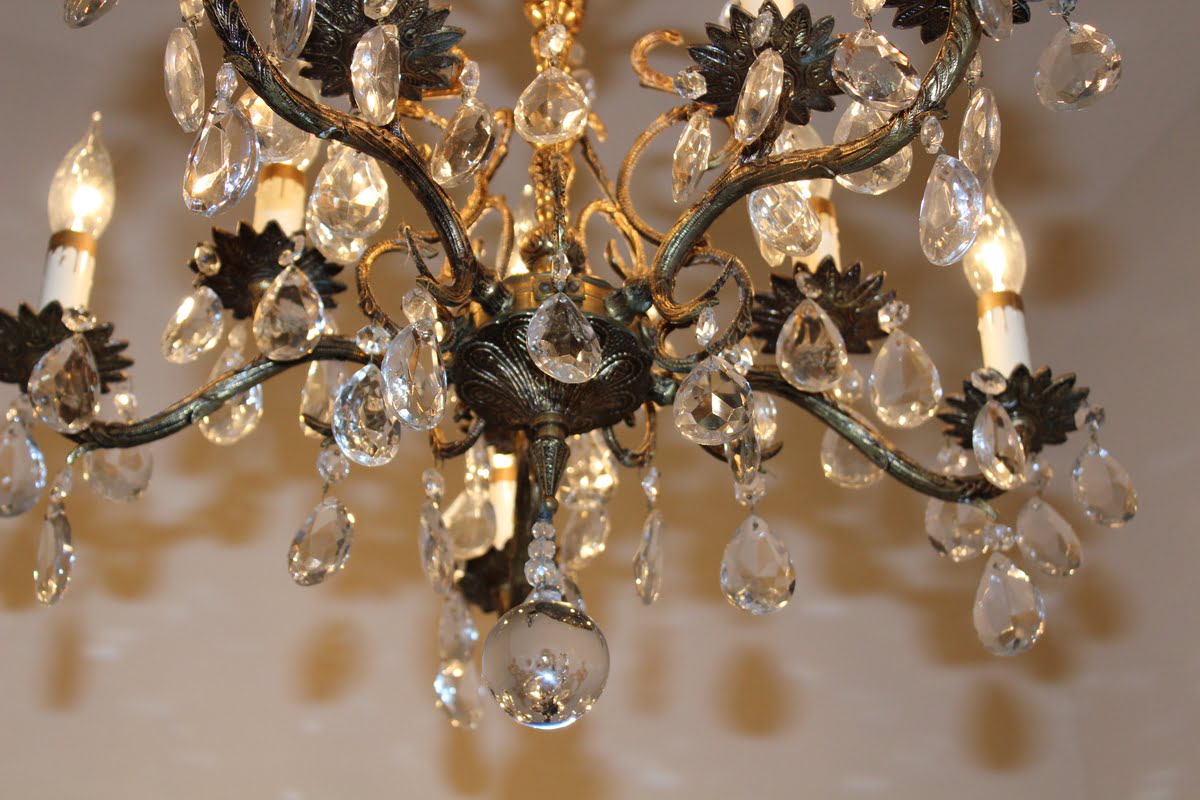

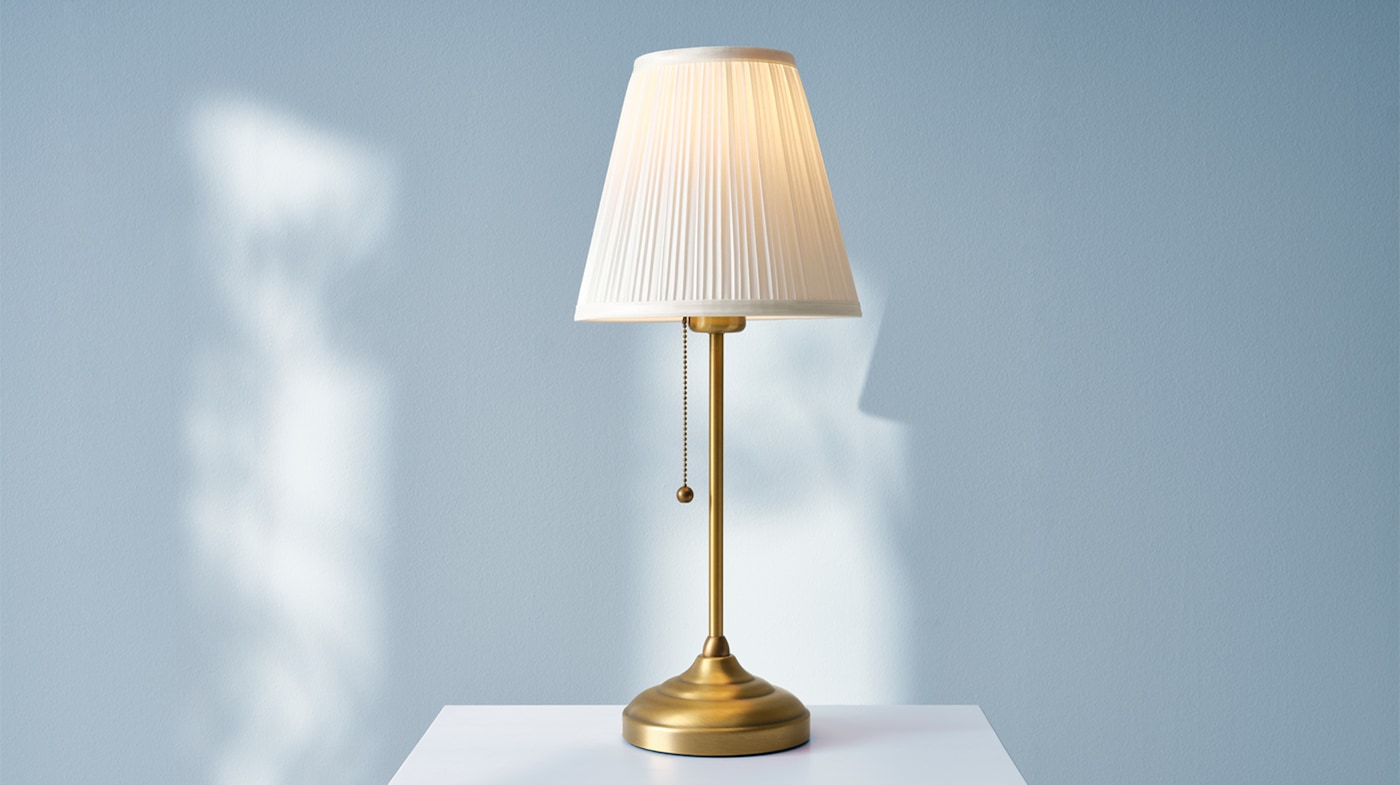


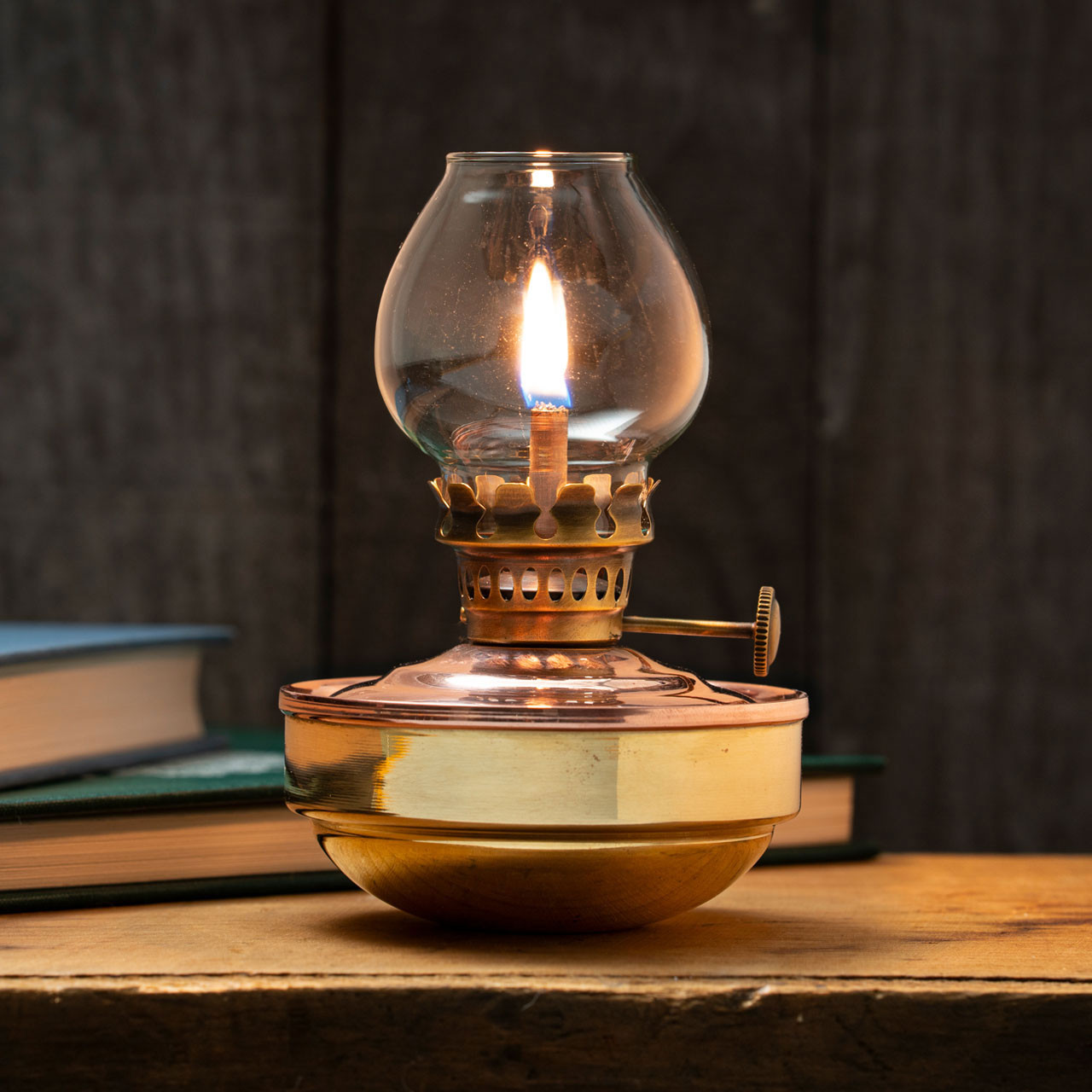


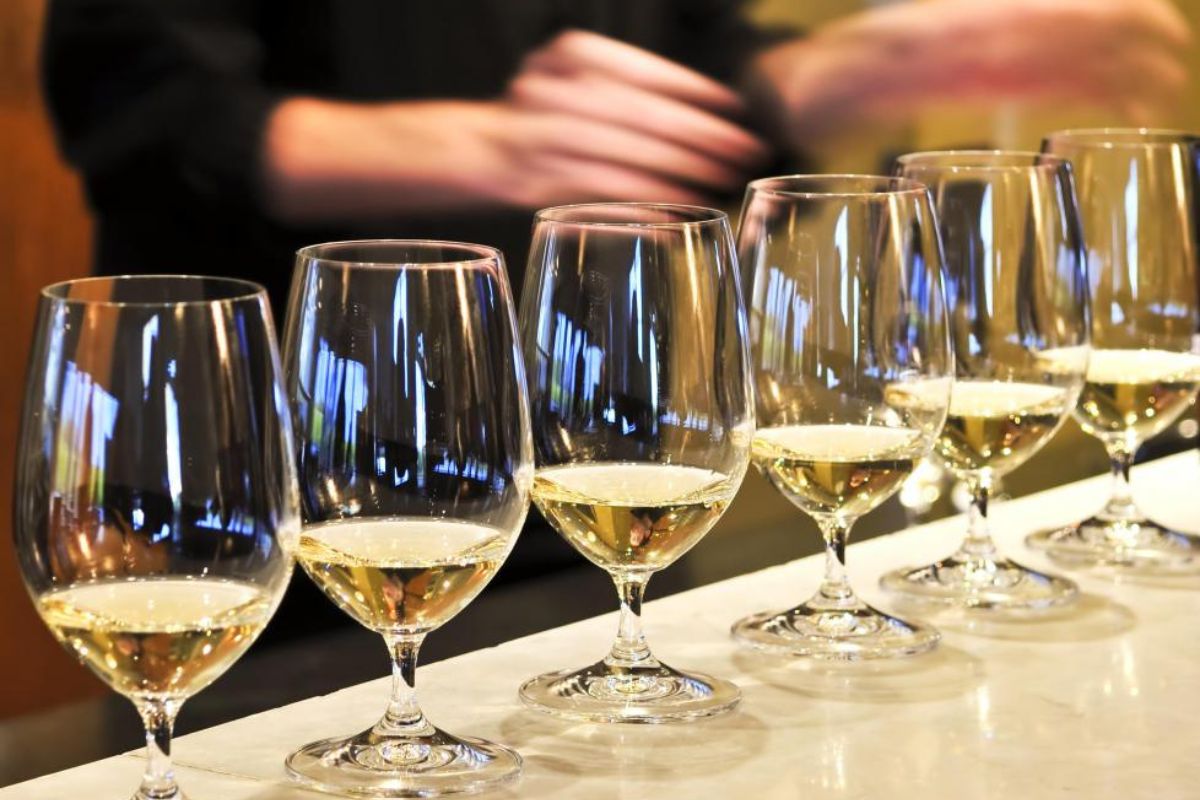



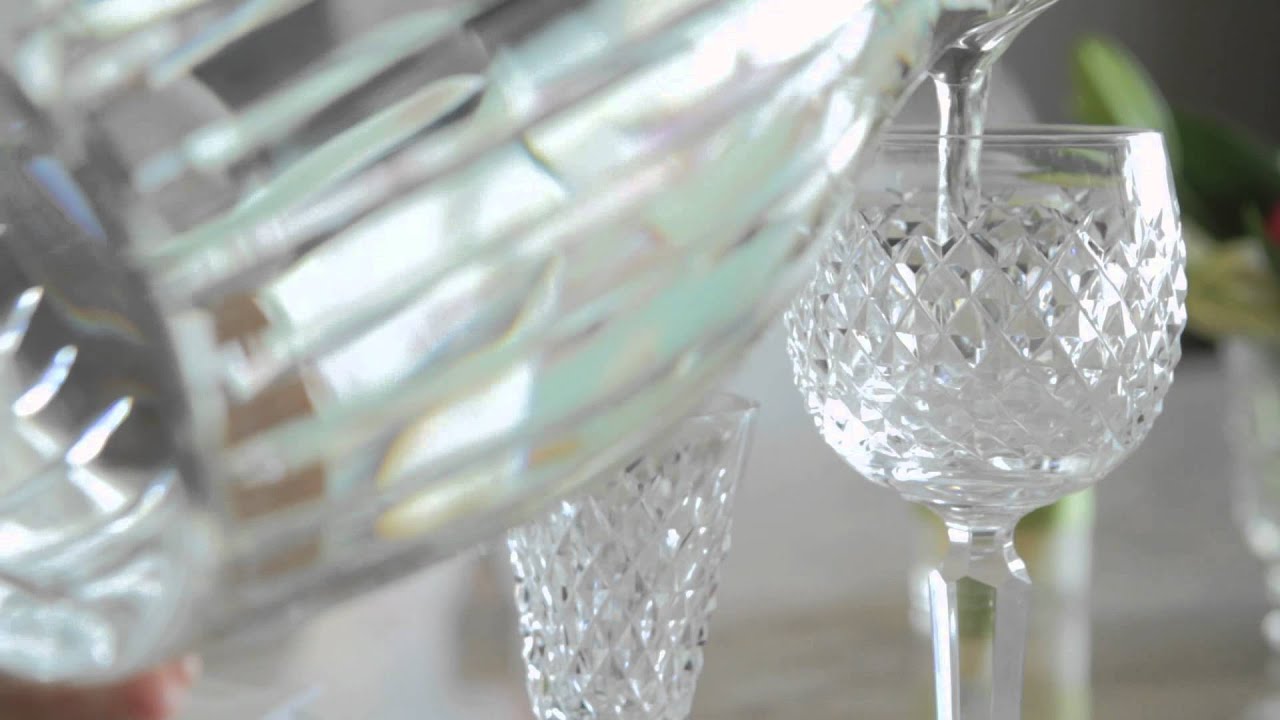

0 thoughts on “What Are The Parts Of Stemware Called?”